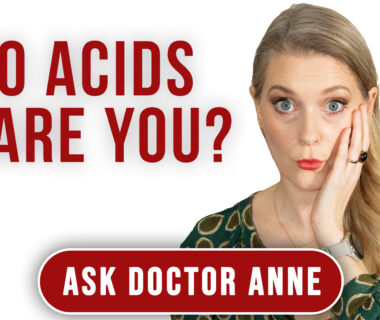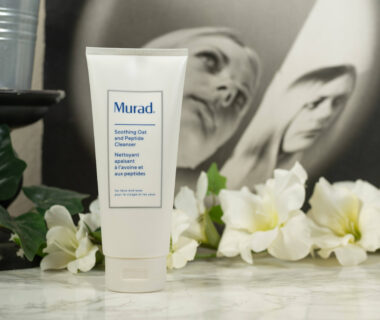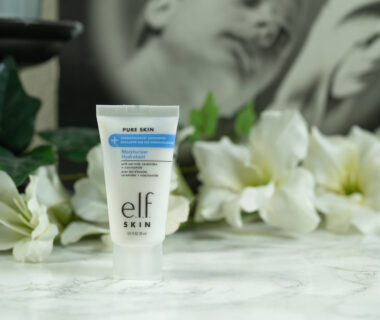ADVERTISEMENT INFO: SOME PRODUCTS MENTIONED IN THIS POST ARE PR (GIFTED) AND LINKS USED ARE AFFILIATE LINKS. I RECEIVED NO MONEY TO WRITE THE BLOGPOST. PLEASE READ DISCLAIMER
Just like the seasons change, so does the focus in my skincare routine, and when fall approaches, my main concern is fighting hyperpigmentation. So today let’s talk about the best ingredients to do that and why you usually need more than one thing to make those stubborn spots fade!

What is your main skin concern at the moment – hyperpigmentation as well?
The different forms of hyperpigmentation explained
Before we dive into the best treatment options though, we need to define what we are talking about, as hyperpigmentation is an umbrella term for different things. I go more in depth in another post on hyperpigmentation, but what all forms have in common are that they refer to uneven distribution of melanin in the skin, either due to age, due to sun damage, due to hormonal factors, due to medication or due to trauma. Or due to various combinations of all that. (More info: What is hyperpigmentation and where does it come from?)
Depending on the form, you have different triggers for that accumulation of melanin in one part of the skin, but what happens after the trigger follows a certain pathway.
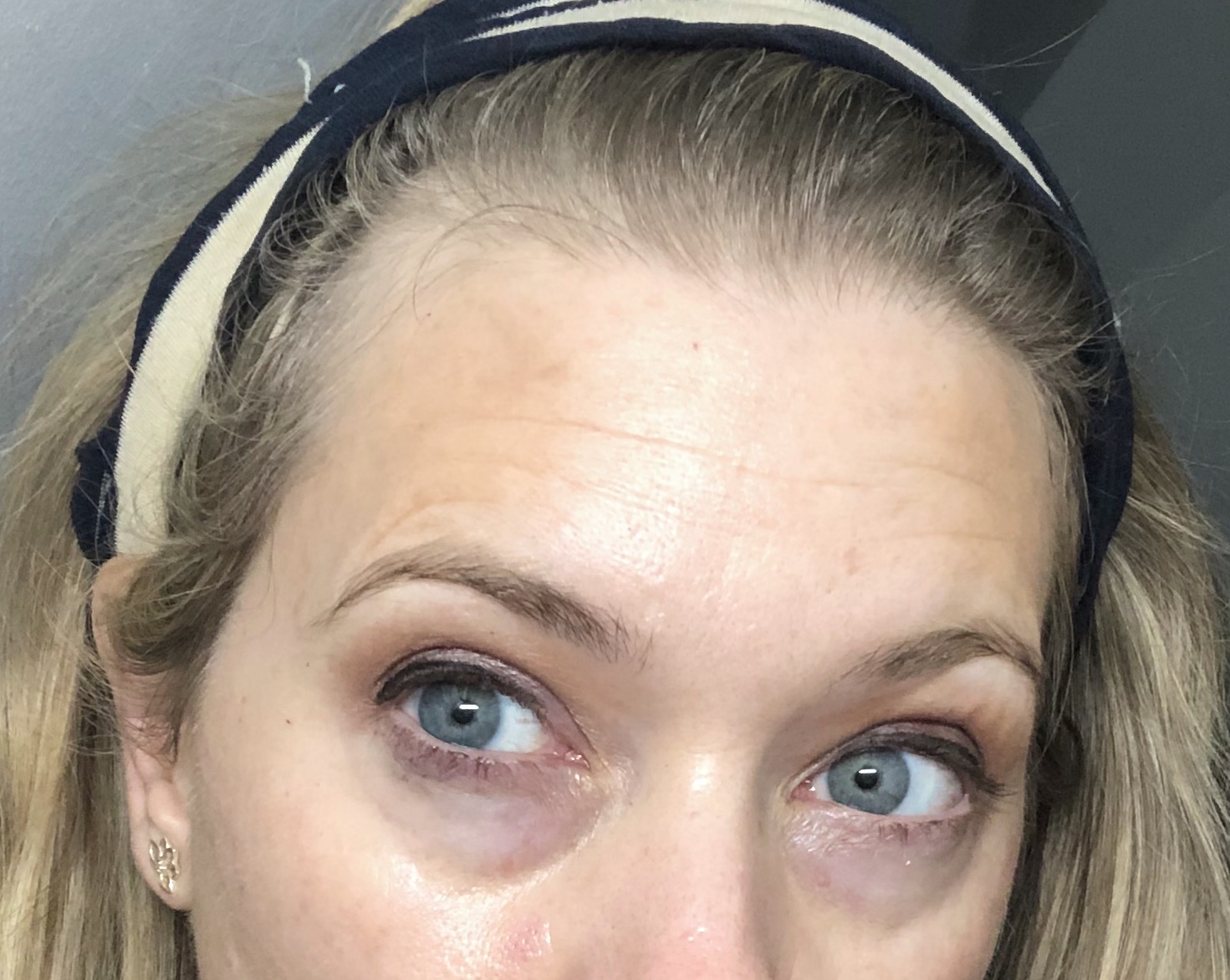
How hyperpigmentation develops in the skin
The first step is that the melanocytes, melanin producing cells, are triggered and start synthesizing melanin with the help of several enzymes – the two we need to remember are Tyrosinase and Plasmin.
Then the melanin that was produced is packed up in little packages called melanosomes that are distributed to the cells in the epidermis – and both the packing up as well as the distribution can be blocked separately.
Once they reach the skin cells, they are stored there – I like to think of them as an umbrella protecting the nucleus with the DNA from harm – until these cells reach the top layer and slough off.
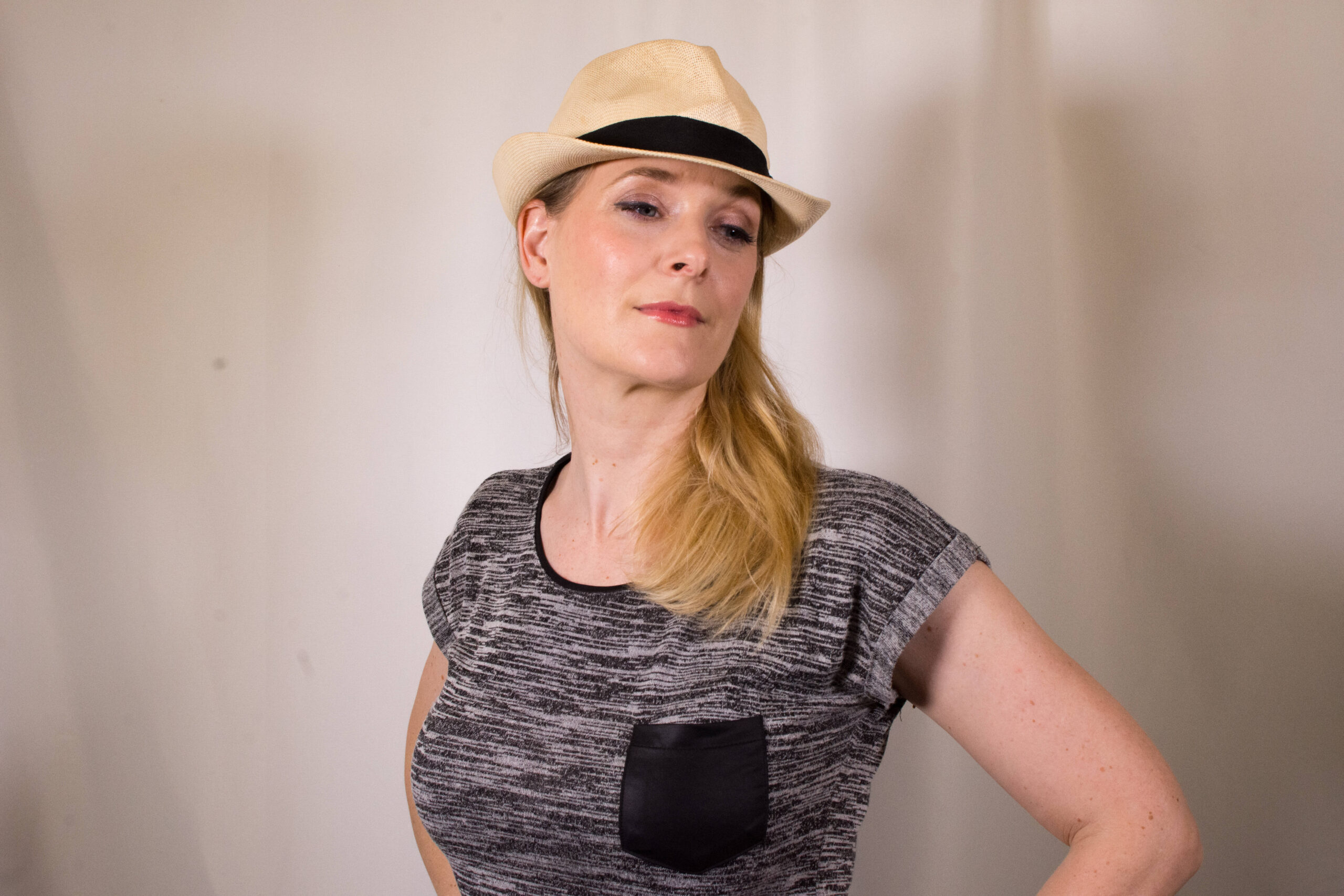
The 5 steps to take to get rid of hyperpigmentation
Looking at these different steps you will understand that you can target hyperpigmentation multiple ways:
1 – in preventing the trigger
2 – in hindering the production of melanin
3 – in hindering the packing of melanin into melanocytes
4 – in hindering the distribution of melanocytes to the skin cells
5 – in increasing cell turnover to get rid of the melanin storing cells quicker
For each step, a different ingredient will work best, which is why a good hyperpigmentation routine usually features a combination rather than that one hero ingredient.
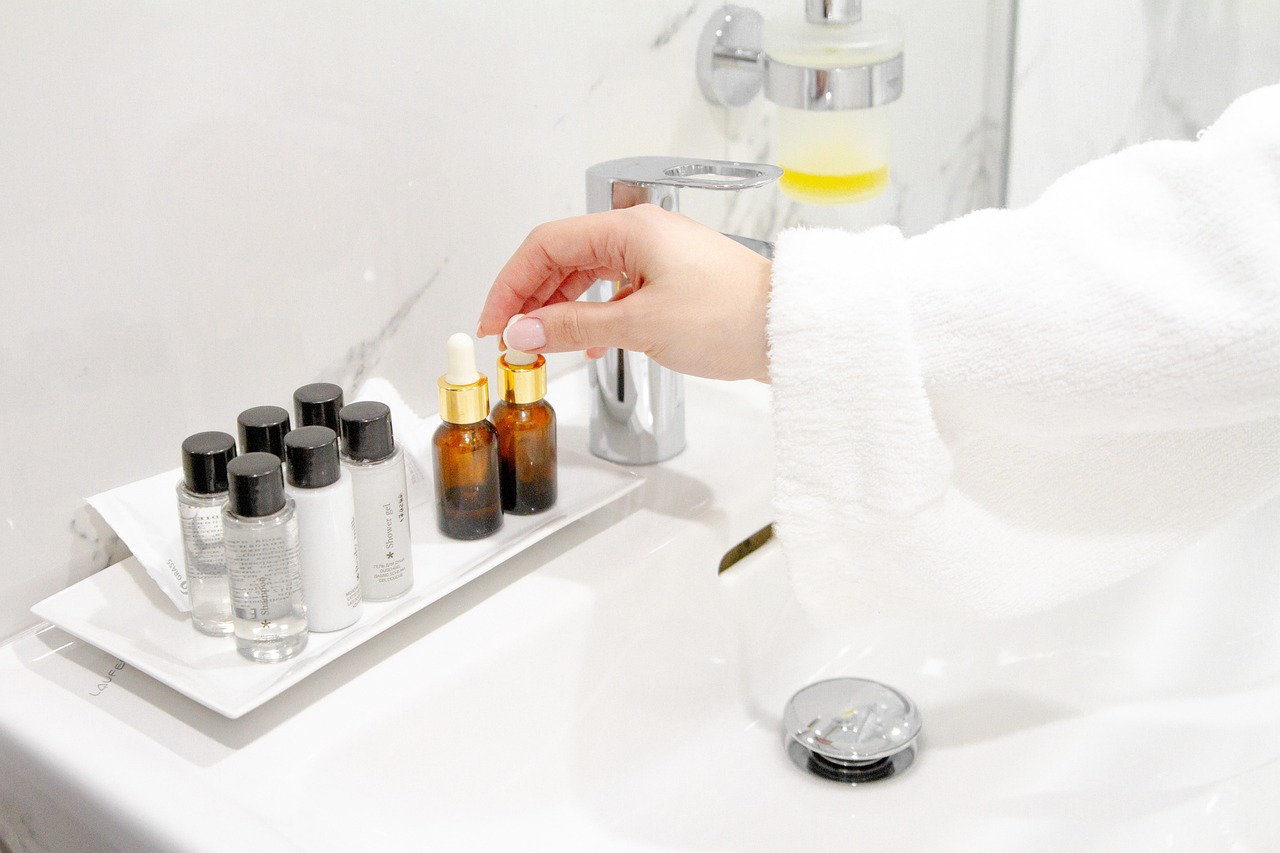
Image by olga volkovitskaia from Pixabay
The 10 best ingredients to prevent and fade hyperpigmentation
Sunscreen
I said before there are different triggers for different forms of hyperpigmentation, so what is best at preventing these triggers depends on which form of hyperpigmentation you are dealing with. What all forms have in common though is that they get worse with UV exposure, simply because UV light is the universal switch on for melanocytes – no matter if they have accumulated at a certain part of your skin due to hormones or inflammation, the sun will tell them to start production. So I will say again what you have heard 100 times before: Regular sunscreen is the backbone of every routine aiming to fight hyperpigmentation – if you don’t use it, you might as well try to stop getting wet in the rain by catching individual rain drops rather than by building shelter. Which one you use is a question of personal preference, budget and availability – no sunscreen is less toxic or more reef safe than the other. (More info: Why UVA protection is so important)
Hydroquinone and its cousin Alpha-Arbutin
Now there aren’t many ingredients that have so many misconceptions around them as Hydroquinone and I won’t be able to address all of them here – like most ingredients we will talk about it has a dedicated blogpost already. (More info: The benefits of Hydroquinone in skincare explained)
Fact is that Hydroquinone is very effective in treating pigmentation, even stubborn ones like melasma, and that it is safe when used under professional guidance. It is also not banned in the EU like many claim, it simply is prescription when you want an effective percentage. What is available in cosmetics is Alpha-Arbutin, which works similar, but weaker and with less side effects.
Both work by inhibiting Tyrosinase, so the production of melanin in the melanocytes.
Tranexamic Acid
Tranexamic Acid is an interesting one that is actually used to treat abnormal bleeding and whose anti hyperpigmentation properties were discovered by accident. As it works on coagulation, it inhibits Plasmin, which plays a role in blood clotting, but also in melanin production, so it could be a good addition to Tyrosinase-Inhibitors. (More info: The benefits of Tranexamic Acid in skincare explained)
It’s effectiveness is mainly shown for oral administration or injection though, so using it topical will have a much weaker effect.
Vitamin C
Vitamin C is well known for its antioxidant abilities and also helpful for collagen production, so the additional effect against hyperpigmentation is an added benefit in an overall beneficial ingredient. (More info: The benefits of Vitamin C in skincare explained)
It works two-fold, once by inhibiting Tyrosinase, so by inhibiting the production (much weaker than Hydroquinone though) and also by breaking down melanosomes, the bubbles in which the melanin is distributed to the cells.
Licorice Root Extract
A plant extract with growing popularity, Licorice Root Extract has been used for centuries in herbal medicine for different reasons. One of the many claimed benefits is the Tyrosinase-Inhibition of some of its components, mainly Glabrene and Isoliquiritigenin.
I have a deep dive post on the ingredient planned, so for now let’s leave it at the fact that is also helps hinder melanin production. (And here is the deep dive: The benefits of Licorice Root Extract in skincare explained)
Azelaic Acid
Azelaic Acid is an ingredient you might know from the treatment of rosacea or acne as it is antiinflammatory, normalizes keratinization and is unlike other acne treatments recommended for use in pregnancy. More info: The benefits of Azelaic Acid in skincare explained)
On top of that it inhibits melanin production by inhibiting Tyrosinase, but compared to the other Tyrosinase-Inhibitors already mentioned it has an affinity for abnormal melanocytes, so works best in areas where they accumulate after inflammation for example. This is great if you only want to target these pigmented areas, but have no interest in overall lightening of the skin. Like me, I like to be a little bronzed.
All of the benefits mentioned have been shown in studies using a concentration of 20%, which you usually don’t find in cosmetics though.
Kojic Acid
Kojic Acid is another acid inhibiting Tyrosinase and consecutively melanin production. It also has antioxidant and antiinflammatory benefits and seems to be most effective on areas of sun damage or post inflammatory hyperpigmentation, so in evening out the skin rather than lightening it.
Contrary to what you might believe when you hear “acid”, it is not exfoliating.
Exfoliating acids
The exfoliating acids like Glycolic, Lactic or Mandelic Acid help against hyperpigmentation by helping with skin shedding, so the skin cells that already contain melanin slough off more quickly, revealing the brighter skin underneath.
That obviously only helps when the trigger is stopped, otherwise the new skin cells underneath will already contain fresh melanin making them appear just as dark as the old ones.
Niacinamide
Moving away from the ingredients hindering the production of melanin, Niacinamide actually blocks the transport, meaning the melanosomes don’t get to the skin cells to deposit their melanin. (More info: The benefits of Niacinamide in skincare explained)
As niacinamide has other benefits for the skin barrier and sebum production as well, it is an ingredient you should have in your routine for different reasons. It is also widely available, so chances are you are already using it.
Retinoids
And lastly, let’s talk about retinoids, a family of different strength ingredients ranging from prescription to suitable for more sensitive skins. (More info: Retin-A, Retinol and Retinal – What is the difference?)
Retinoids also increase cell turnover, revealing brighter skin underneath, but on top of that inhibit Tyrosinase or melanin production as well as melanin transfer into the melanosomes. Basically you have one ingredient targeting hyperpigmentation from three different angles, always a bonus if you don’t want to combine too many different things.
Having all these options obviously doesn’t mean you should use all 10 combined, many of them have irritation potential and pairing Hydroquinone with a Retinoid and an AHA will probably lead to problems for most. No, it means that if you have stubborn areas of hyperpigmentation that your basic routine won’t sufficiently address, you can look at other ones that would supplement what you already have – pairing one that hinders melanin production with one that increases cell turnover and one that hinders the transport is probably more effective than pairing three different Tyrosinase-Inhibitors.

Some product recommendations
I mentioned that Niacinamide is pretty common, so before you go out and buy a dedicated product like The Ordinary Niacinamide + Zinc (Review here), check your moisturizer if it contains it already – more will not necessarily have better results.
The Inkey List offers both a product with Tranexamic acid and a product with Alpha Arbutin, The Inkey List tranexamic Acid Night Treatment (Review here) and The Inkey List Alpha-Arbutin Serum (Review here), both of which I have tried and liked.
My favorite Vitamin C is, no surprise to anyone, the Geek and Gorgeous C Glow Serum (Review here). Another option I liked and that is easier accessible in the US is the timeless Vitamin C (Review here), which is now available in both 20% and 10% for those that find 20% a bit too irritating. For those that don’t get along with L-Ascorbic Acid, there are the Vitamin C derivatives like the Alpha-H Advocate Vitamin C Serum (Review here), although I recommend, if possible, to stick to Ascorbic Acid.
From the different retinoid options I can recommend the Geek and Gorgeous A-Game (Review here) one featuring Retinaldehyde, and for Azelaic Acid I have had good experiences with the Dr Sam’s skincare line, the Dr Sams Nightly Serum (Review here) for example combines a gentle form of retinoid with Azelaic Acid and Niacinamide.
In general I would recommend looking for products that already combine different ingredients you want, even if that means that each has a slightly lower concentration than it would have otherwise. It takes the guesswork out of layering and makes your whole routine more streamlined. facetheory for example has another combination product, the facetheory Exaglow Serum (Review here) that features both a Vitamin C derivative, Licorice Root extract and Tranexamic Acid.
For acids it really depends on your personal preference – do you want something for daily use like the pixi Glow Tonic (Review here) with 5% Glycolic Acid, something gentler like the by wishtrend 5% Mandelic Acid Water (Review here) or something stong you can use once every few weeks like The Ordinary AHA/BHA Exfoliating Acid. All of these have a loyal fanbase, so you probably can’t go wrong with the one that is best suited for your individual skin.
And sunscreen – the best one is the one you enjoy using and apply liberally, as added bonus you should look for high UVA protection. The one I use for outdoors is the La Roche Posay UVMUNE 400 (Review here), but again: Pick one you can afford and enjoy, the most important thing is you wear it daily.
TL;DR
Hyperpigmentation is a complicated thing to treat. Depending on the individual trigger eliminating the trigger as good as possible is obviously the first step – sunscreen usually is great for that – but afterwards a combination of different ingredients targeting different steps of the development process is the most effective.
Hydroquinone, Alpha-Arbutin, Vitamin C, Azelaic and Kojic Acid as well as Licorice Root Extract all inhibit Tyrosinase and thus melanin production, while Tranexamic Acid inhibits Plasmin, also involved in melanin production. Vitamin C will on top of that disrupt the melanin transport to the cells, which is also true for Niacinamide. Exfoliating Acids and Retinoids help reveal brighter skin by getting rid of skin cells already loaded up with melanin, with retinoids having an effect of production and transport as well.

Shop the post
Don’t forget to check out the Discount Code Page on top if you want to save some money on your next skincare purchase.
If you want to get a vote in the next Ask Doctor Anne Topic, Ingredient Spotlight or product I review, don’t forget you can head over to my Patreon account to get more involved!
